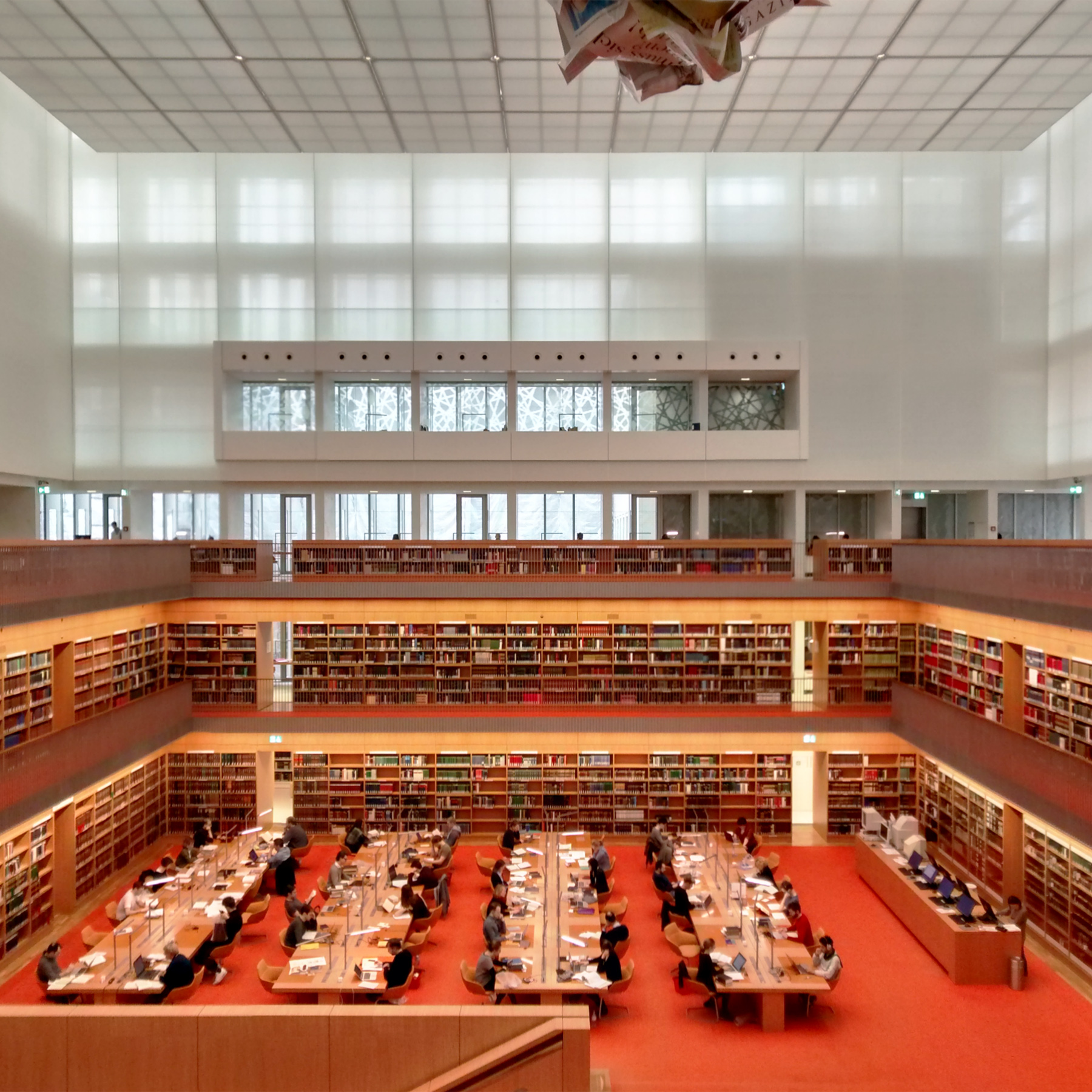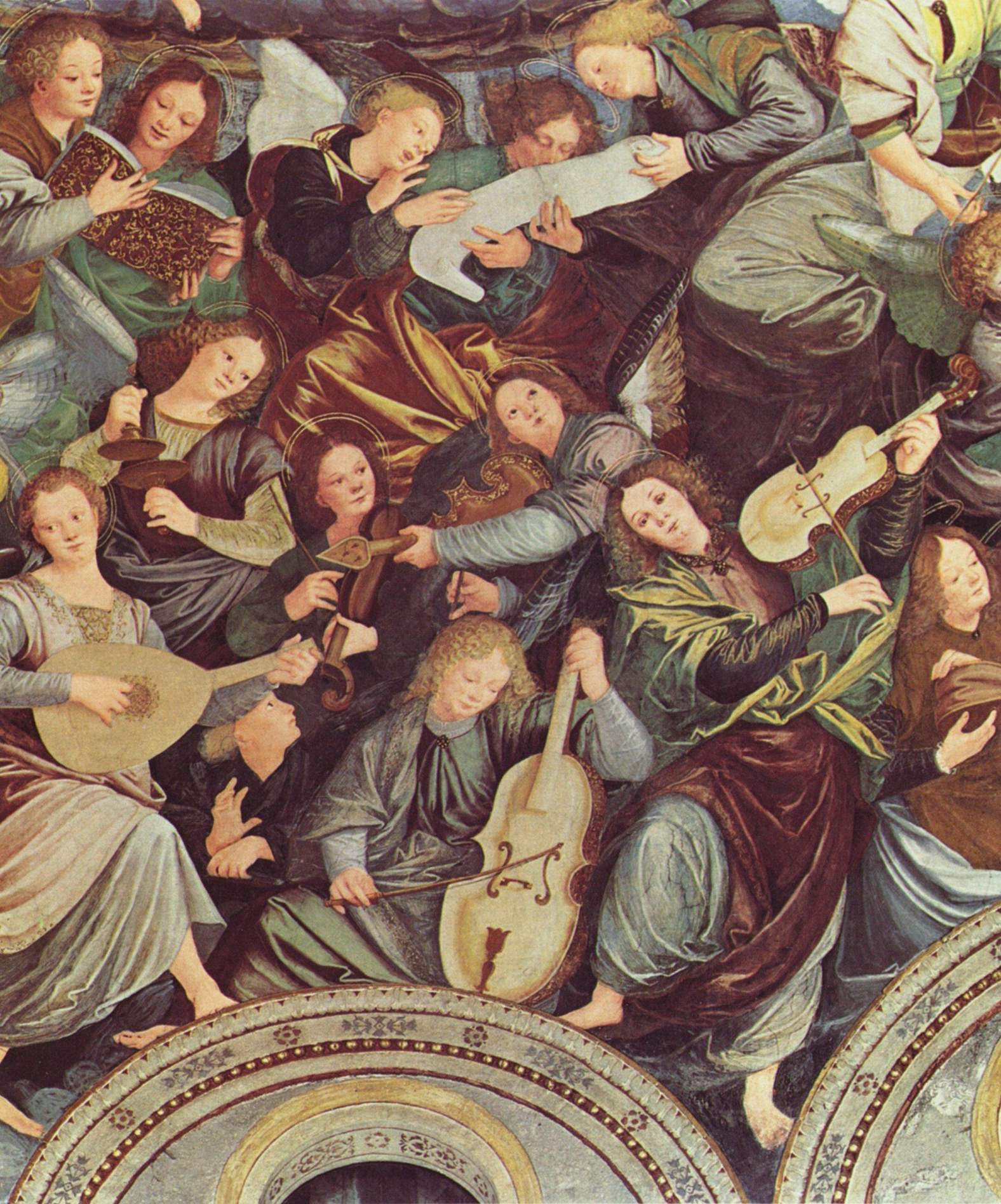|
Violin Sonata In E-flat Major (Ries)
Ferdinand Ries composed his Violin Sonata in E-flat major, WoO. 7 in 1804, when he was 22 years old. Surviving in manuscript form in the Berlin State Library The Berlin State Library (german: Staatsbibliothek zu Berlin; officially abbreviated as ''SBB'', colloquially ''Stabi'') is a universal library in Berlin, Germany and a property of the Prussian Cultural Heritage Foundation. It is one of the larg ..., there is no evidence the work was performed during the composer's lifetime and was amongst a number of compositions that remained unpublished at the composers death. Structure The sonata is structured in five movements, one of which is crossed out in the manuscript: # '' Allegro con brio'' # ''Andantino'' # ''Allegro molto'' # ''Adagio molto expressivo'' # ''Allegro molto vivace'' References ;Notes ;Sources * * Violin sonatas by Ferdinand Ries 1804 compositions Compositions in E-flat major {{sonata-stub ... [...More Info...] [...Related Items...] OR: [Wikipedia] [Google] [Baidu] |
Ferdinand Ries
Ferdinand Ries (baptised 28 November 1784 – 13 January 1838) was a German composer. Ries was a friend, pupil and secretary of Ludwig van Beethoven. He composed eight symphonies, a violin concerto, nine piano concertos (the first concerto is not published), three operas, and numerous other works, including 26 string quartets. In 1838 he published a collection of reminiscences of his teacher Beethoven, co-written with Franz Wegeler. The symphonies, some chamber works—most of them with piano—his violin concerto and his piano concertos have been recorded, exhibiting a style which, given his connection to Beethoven, lies between the Classical and early Romantic styles. Early life Ries was born into a musical family of Bonn. His grandfather, Johann Ries (1723–1784), was appointed court trumpeter to the Elector of Cologne at Bonn. Ries was the eldest son of the violinist and Archbishopric Music Director Franz Anton Ries (1755–1846) and the brother of violinist and co ... [...More Info...] [...Related Items...] OR: [Wikipedia] [Google] [Baidu] |
E-flat Major
E-flat major (or the key of E-flat) is a major scale based on E, consisting of the pitches E, F, G, A, B, C, and D. Its key signature has three flats. Its relative minor is C minor, and its parallel minor is E minor, (or enharmonically D minor). The E-flat major scale is: : Characteristics The key of E-flat major is often associated with bold, heroic music, in part because of Beethoven's usage. His ''Eroica Symphony'', ''Emperor Concerto'' and ''Grand Sonata'' are all in this key. Beethoven's (hypothetical) 10th Symphony is also in E-flat. But even before Beethoven, Francesco Galeazzi identified E-flat major as "a heroic key, extremely majestic, grave and serious: in all these features it is superior to that of C." Three of Mozart's completed Horn Concertos and Joseph Haydn's Trumpet Concerto are in E-flat major, and so is Anton Bruckner's Fourth Symphony with its prominent horn theme in the first movement. Another notable heroic piece in the key of E-flat ... [...More Info...] [...Related Items...] OR: [Wikipedia] [Google] [Baidu] |
Piano
The piano is a stringed keyboard instrument in which the strings are struck by wooden hammers that are coated with a softer material (modern hammers are covered with dense wool felt; some early pianos used leather). It is played using a keyboard, which is a row of keys (small levers) that the performer presses down or strikes with the fingers and thumbs of both hands to cause the hammers to strike the strings. It was invented in Italy by Bartolomeo Cristofori around the year 1700. Description The word "piano" is a shortened form of ''pianoforte'', the Italian term for the early 1700s versions of the instrument, which in turn derives from ''clavicembalo col piano e forte'' (key cimbalom with quiet and loud)Pollens (1995, 238) and ''fortepiano''. The Italian musical terms ''piano'' and ''forte'' indicate "soft" and "loud" respectively, in this context referring to the variations in volume (i.e., loudness) produced in response to a pianist's touch or pressure on the keys: the grea ... [...More Info...] [...Related Items...] OR: [Wikipedia] [Google] [Baidu] |
Violin
The violin, sometimes known as a ''fiddle'', is a wooden chordophone (string instrument) in the violin family. Most violins have a hollow wooden body. It is the smallest and thus highest-pitched instrument (soprano) in the family in regular use. The violin typically has four strings (music), strings (some can have five-string violin, five), usually tuned in perfect fifths with notes G3, D4, A4, E5, and is most commonly played by drawing a bow (music), bow across its strings. It can also be played by plucking the strings with the fingers (pizzicato) and, in specialized cases, by striking the strings with the wooden side of the bow (col legno). Violins are important instruments in a wide variety of musical genres. They are most prominent in the Western classical music, Western classical tradition, both in ensembles (from chamber music to orchestras) and as solo instruments. Violins are also important in many varieties of folk music, including country music, bluegrass music, and ... [...More Info...] [...Related Items...] OR: [Wikipedia] [Google] [Baidu] |
Berlin State Library
The Berlin State Library (german: Staatsbibliothek zu Berlin; officially abbreviated as ''SBB'', colloquially ''Stabi'') is a universal library in Berlin, Germany and a property of the Prussian Cultural Heritage Foundation. It is one of the largest libraries in Europe, and one of the most important academic research libraries in the German-speaking world. It collects texts, media and cultural works from all fields in all languages, from all time periods and all countries of the world, which are of interest for academic and research purposes. Some famous items in its collection include the oldest biblical illustrations in the fifth-century Quedlinburg Itala fragment, a Gutenberg Bible, the main autograph collection of Goethe, the world's largest collection of Johann Sebastian Bach's and Wolfgang Amadeus Mozart's manuscripts, and the original score of Ludwig van Beethoven's Symphony No. 9. Central functions and cooperation with other libraries The SBB is one of six libraries for ... [...More Info...] [...Related Items...] OR: [Wikipedia] [Google] [Baidu] |
Tempo
In musical terminology, tempo (Italian, 'time'; plural ''tempos'', or ''tempi'' from the Italian plural) is the speed or pace of a given piece. In classical music, tempo is typically indicated with an instruction at the start of a piece (often using conventional Italian terms) and is usually measured in beats per minute (or bpm). In modern classical compositions, a "metronome mark" in beats per minute may supplement or replace the normal tempo marking, while in modern genres like electronic dance music, tempo will typically simply be stated in BPM. Tempo may be separated from articulation and meter, or these aspects may be indicated along with tempo, all contributing to the overall texture. While the ability to hold a steady tempo is a vital skill for a musical performer, tempo is changeable. Depending on the genre of a piece of music and the performers' interpretation, a piece may be played with slight tempo rubato or drastic variances. In ensembles, the tempo is often ind ... [...More Info...] [...Related Items...] OR: [Wikipedia] [Google] [Baidu] |
Violin Sonata No
The violin, sometimes known as a ''fiddle'', is a wooden chordophone (string instrument) in the violin family. Most violins have a hollow wooden body. It is the smallest and thus highest-pitched instrument (soprano) in the family in regular use. The violin typically has four strings (some can have five), usually tuned in perfect fifths with notes G3, D4, A4, E5, and is most commonly played by drawing a bow across its strings. It can also be played by plucking the strings with the fingers (pizzicato) and, in specialized cases, by striking the strings with the wooden side of the bow (col legno). Violins are important instruments in a wide variety of musical genres. They are most prominent in the Western classical tradition, both in ensembles (from chamber music to orchestras) and as solo instruments. Violins are also important in many varieties of folk music, including country music, bluegrass music, and in jazz. Electric violins with solid bodies and piezoelectric pickups a ... [...More Info...] [...Related Items...] OR: [Wikipedia] [Google] [Baidu] |
University Of New England (Australia)
The University of New England (UNE) is a public university in Australia with approximately 22,500 higher education students. Its original and main campus is located in the city of Armidale in northern central New South Wales. UNE was the first Australian university established outside a state capital city. Each year, the university offers students more than $5 million in scholarships, prizes, and bursaries and more than $18 million for staff and students involved in research. In the 2019 Student Experience Survey, UNE recorded the sixth-highest student satisfaction rating out of all Australian universities, and the highest student satisfaction rating out of all public universities in New South Wales, with an overall satisfaction rating of 83.2. The university ranks lower in research-based rankings of Australian universities. History Establishment The University of New England was preceded by the New England University College, founded in 1938 as part of the University of Sy ... [...More Info...] [...Related Items...] OR: [Wikipedia] [Google] [Baidu] |
Violin Sonatas By Ferdinand Ries
The violin, sometimes known as a ''fiddle'', is a wooden chordophone (string instrument) in the violin family. Most violins have a hollow wooden body. It is the smallest and thus highest-pitched instrument (soprano) in the family in regular use. The violin typically has four strings (some can have five), usually tuned in perfect fifths with notes G3, D4, A4, E5, and is most commonly played by drawing a bow across its strings. It can also be played by plucking the strings with the fingers (pizzicato) and, in specialized cases, by striking the strings with the wooden side of the bow (col legno). Violins are important instruments in a wide variety of musical genres. They are most prominent in the Western classical tradition, both in ensembles (from chamber music to orchestras) and as solo instruments. Violins are also important in many varieties of folk music, including country music, bluegrass music, and in jazz. Electric violins with solid bodies and piezoelectric pickups ar ... [...More Info...] [...Related Items...] OR: [Wikipedia] [Google] [Baidu] |
1804 Compositions
Eighteen or 18 may refer to: * 18 (number), the natural number following 17 and preceding 19 * one of the years 18 BC, AD 18, 1918, 2018 Film, television and entertainment * ''18'' (film), a 1993 Taiwanese experimental film based on the short story ''God's Dice'' * ''Eighteen'' (film), a 2005 Canadian dramatic feature film * 18 (British Board of Film Classification), a film rating in the United Kingdom, also used in Ireland by the Irish Film Classification Office * 18 (''Dragon Ball''), a character in the ''Dragon Ball'' franchise * "Eighteen", a 2006 episode of the animated television series ''12 oz. Mouse'' Music Albums * ''18'' (Moby album), 2002 * ''18'' (Nana Kitade album), 2005 * '' 18...'', 2009 debut album by G.E.M. Songs * "18" (5 Seconds of Summer song), from their 2014 eponymous debut album * "18" (One Direction song), from their 2014 studio album ''Four'' * "18", by Anarbor from their 2013 studio album '' Burnout'' * "I'm Eighteen", by Alice Cooper commonly r ... [...More Info...] [...Related Items...] OR: [Wikipedia] [Google] [Baidu] |



.jpg)

